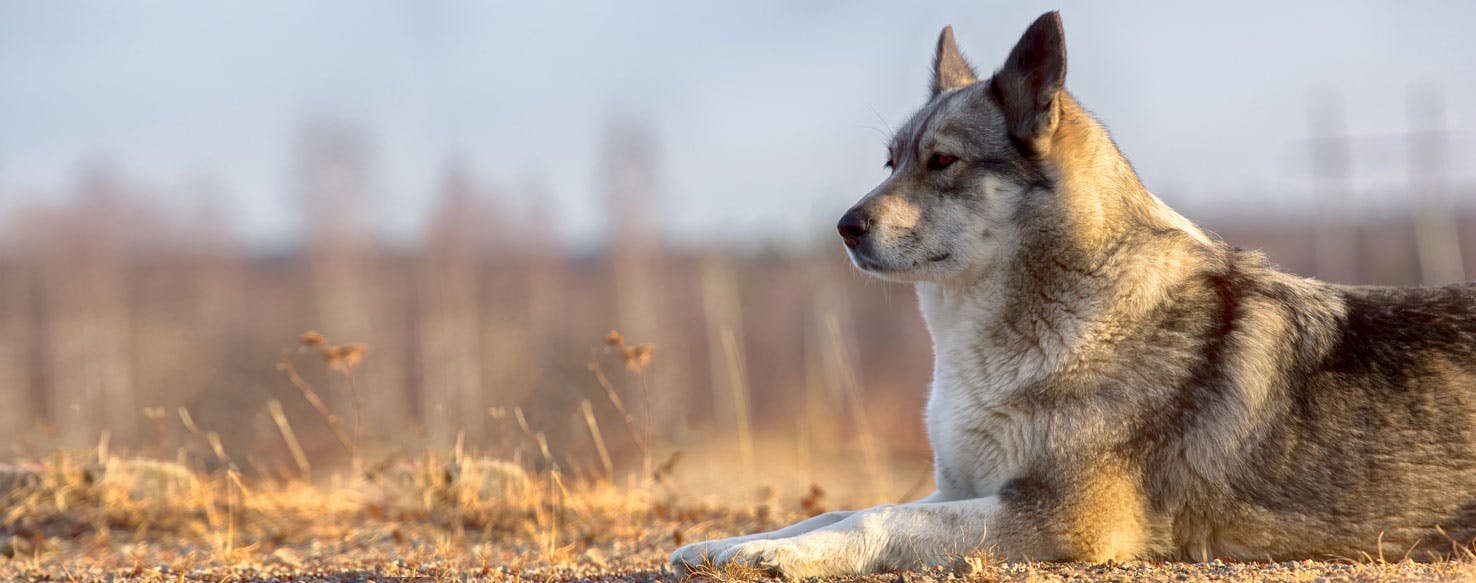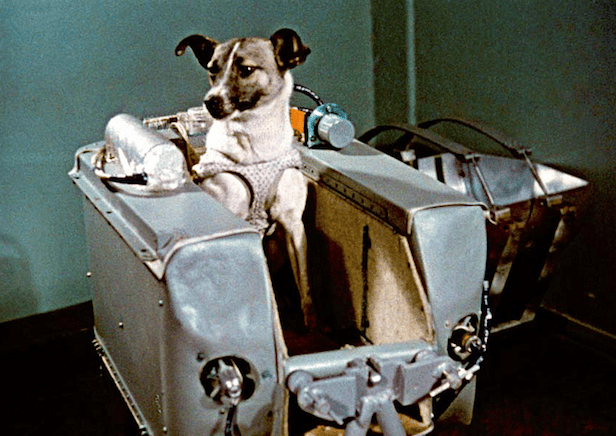

Depigmentated eye rim against white background permissible.Įars are of a triangular shape, set high, wide at the base, thick, erect or half-pricked. Dry, tight fitting eye rims matching the colour of nose. Eyes colour is dark brown, or blue as well as odd eyes (one brown, one blue) or blue segments on brown iris.
#Laika dog breed skin
Yakutian Laika is a dog of medium size, strong, compact, well-muscled, with moderately long legs and thick skin with no signs of looseness. These skills have glorified the Yakutian Laika as a versatile breed, not only in Russia, but also in many countries on different continents. For many centuries, the Yakutian Laika accompanied the northern man in everyday life, helping him to hunt, vigilantly watch his home, herd reindeers and transport goods in the severe conditions of the Far North. The first Breed Standard for the North-East Sled Dog was adopted in 1958 and it formed the basis for the Yakutian Laika Breed Standard published in 2005 by the Russian Kynological Federation.

Petersburg, 1856): “There are 15157 dogs in the Yakut region used for sled work”. The first mention of the Yakutian Laika’s total number found in the book “Statistical tables of the Russian Empire” (St.

The first description of the Yakutian Laika appeared in the book “Geography of the Russian Empire” (Derpt, 1843), which announced it to be a “dog of a special breed”. The first published account of the Yakutian dogs was entitled “How Yakutians travel in winter” which was included in the book “Northern and Eastern Tartary” by Nicholas Witsen (Amsterdam, 1692). The very first references about dogs in this region date back to 1633. Certain archaeological discoveries confirm that the local people used dogs for sledding and hunting as far back as 8000 years ago. But as more people began living in smaller apartments and in close proximity to their neighbors, the demand for tiny, social dogs increased and breeds like the Russian Toy and the Tsvetnaya Bolonka emerged.The Yakutian Laika is an ancient, native dog breed, which was naturally bred by aboriginal people of the North East of Russia as a sled dog and a hunting dog.

Breeding efforts focused again on working dogs like the East European Shepherd. In fact, several Russian dog breeds would probably have completely disappeared after WWI had it not been for dedicated breeding groups who wanted to see their favorite pups thrive!įor a large chunk of the Soviet Era, from the 1920s to the 1960s, toy breeds were frowned upon because they were seen as luxuries. Many breeders at this time worked diligently to refine certain native breeds (like the Caucasian Shepherd) and develop new breeds to better suit their needs.ĭuring and after the Revolution of 1905, World War I and the Russian Civil War in 1917, dog breeding was sort of put on the back burner. Royal family members were often gifted toy breeds from other countries (like the Maltese from France). During this time, the need for working dogs wasn’t as intense, and smaller breeds became en vogue for wealthier citizens. The 1600s and 1700s were all about aristocracy and colonization in Russia.


 0 kommentar(er)
0 kommentar(er)
